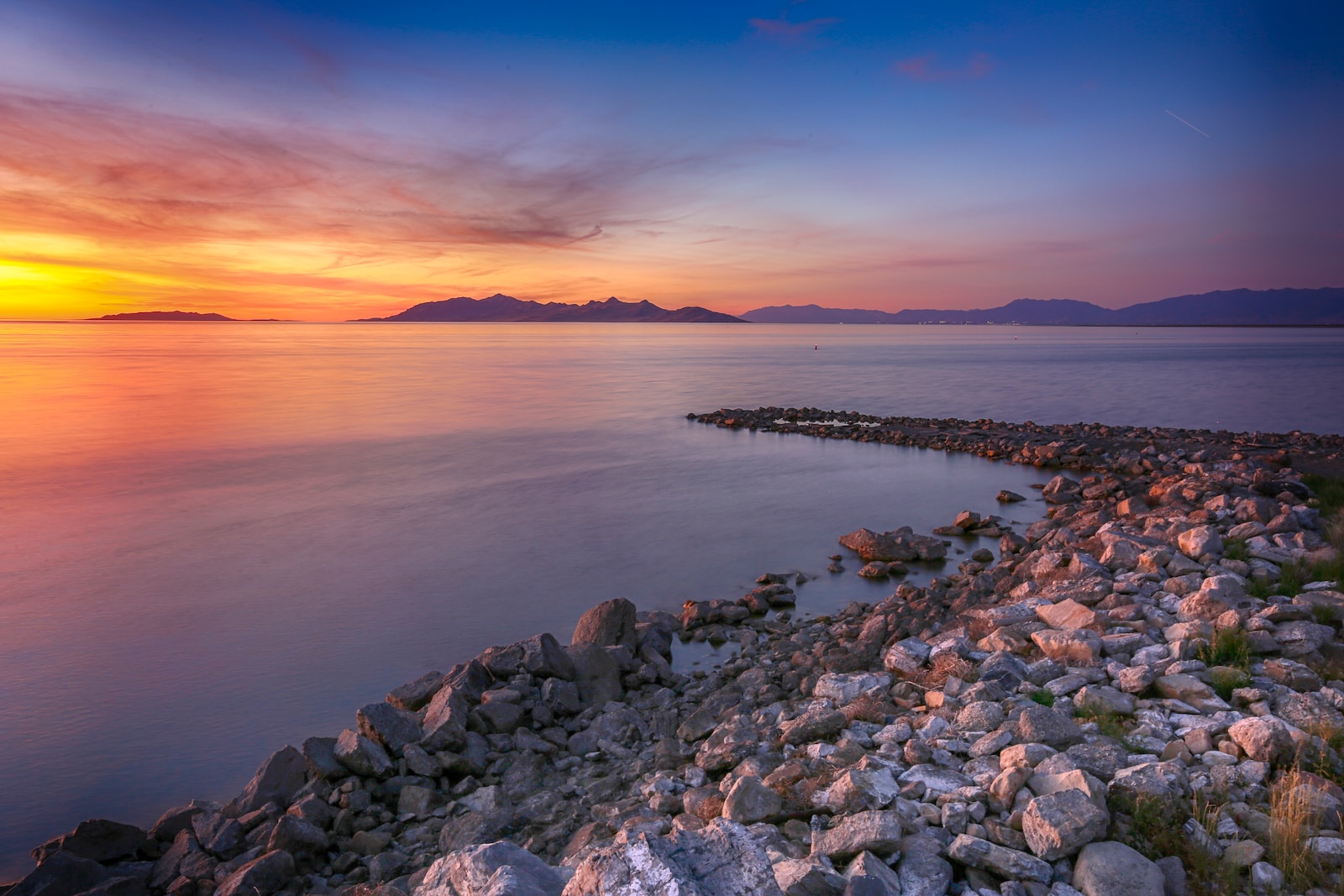Table of Contents
ToggleIntroduction:
The Great Salt Lake, located in the western United States, is the largest saltwater lake in the Western Hemisphere. It is a vital ecosystem for a variety of species, including migratory birds, insects, and brine shrimp. However, the lake is in danger due to the effects of drought and climate change. In this article, we will explore the impact of these environmental factors on the Great Salt Lake, and what can be done to protect this important ecosystem.
The Impact of Drought:
The Great Salt Lake is fed by several rivers and streams, but its primary source of water is the Bear River. The lake’s water level has been declining for decades, but the current drought has exacerbated the situation. The Bear River’s flow has decreased significantly, and the lake’s water level has dropped to historic lows. This has had a significant impact on the ecosystem of the lake. The lower water levels have led to an increase in salinity, which has made it difficult for many species to survive.
For example, the brine shrimp population, which is a critical food source for migratory birds and other aquatic life, has declined significantly due to the increased salinity. Additionally, the decline in water levels has caused the lake’s shoreline to recede, resulting in the loss of wetland habitat for migratory birds.
The Impact of Climate Change:
Climate change is also having a significant impact on the Great Salt Lake. Rising temperatures have led to increased evaporation, which has further decreased the lake’s water levels. Additionally, climate change is affecting the snowpack in the surrounding mountains, which is the primary source of water for the Bear River. As the snowpack declines, the Bear River’s flow decreases, leading to lower water levels in the lake.
Climate change is also affecting the lake’s ecosystem in other ways. For example, warmer temperatures are altering the timing of insect hatches, which is an important food source for many bird species. Additionally, rising temperatures are causing algal blooms, which can be harmful to the lake’s ecosystem.
What Can Be Done:
Protecting the Great Salt Lake requires a multi-faceted approach. The first step is to reduce water usage in the surrounding areas. This can be achieved through increased conservation efforts and the implementation of water-efficient technologies. Additionally, the construction of dams and other water storage facilities can help to preserve the Bear River’s flow.
Another important step is to address climate change. This can be achieved through reducing greenhouse gas emissions and transitioning to renewable energy sources. Additionally, efforts can be made to improve the resilience of the lake’s ecosystem, such as restoring wetland habitat and promoting the use of water-efficient irrigation techniques.
Conclusion:
The Great Salt Lake is a unique and important ecosystem that is under threat from drought and climate change. The decline in water levels and increased salinity are having a significant impact on the lake’s ecosystem, and urgent action is needed to protect it. By reducing water usage, addressing climate change, and promoting ecosystem resilience, we can ensure that the Great Salt Lake remains a vital ecosystem for generations to come.








1 thought on “The Great Salt Lake in Danger: Understanding the Impact of Drought and Climate Change”
Pingback: The Colorado River Water Cuts: Causes, Consequences, and Solutions - Sustainability Awakening